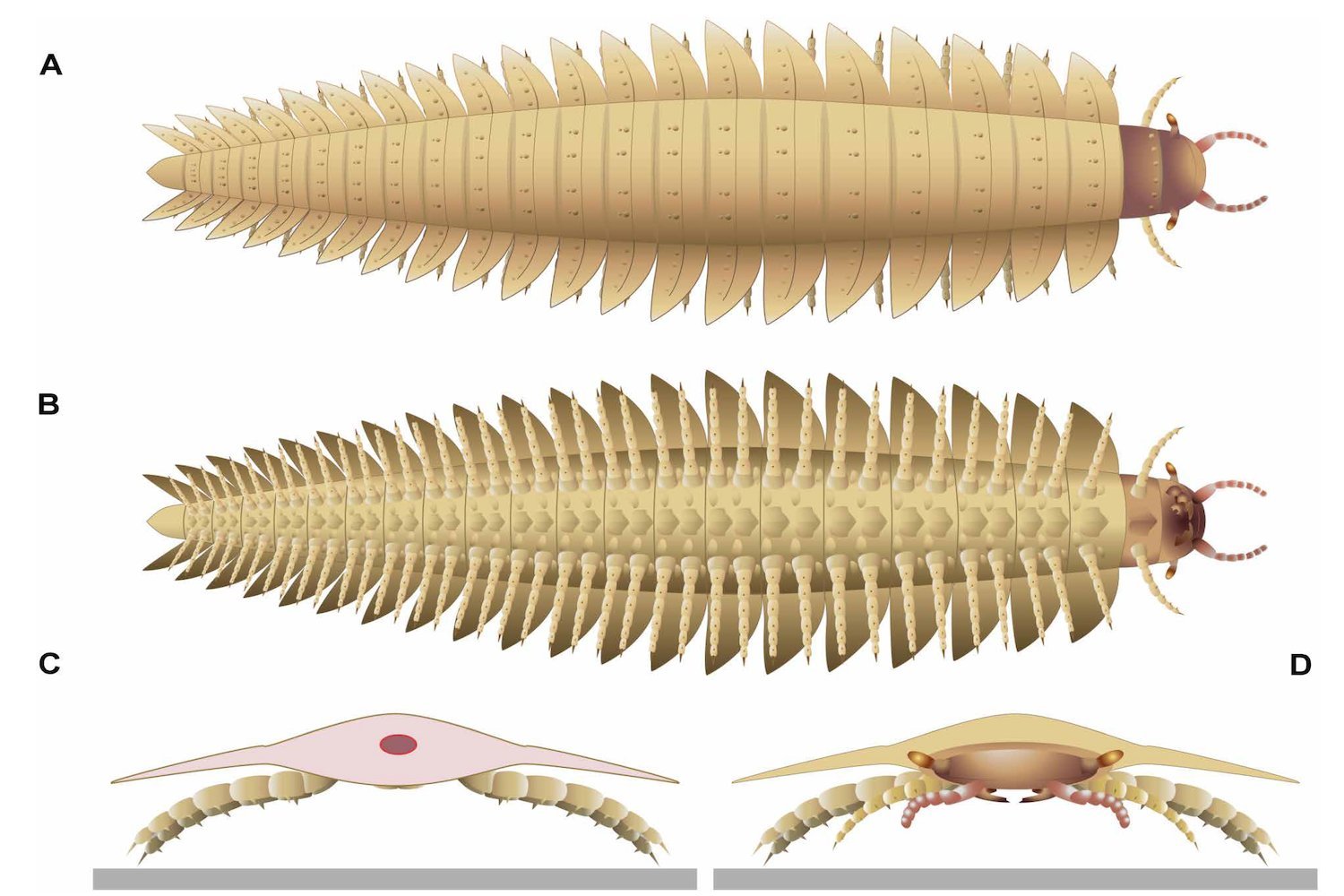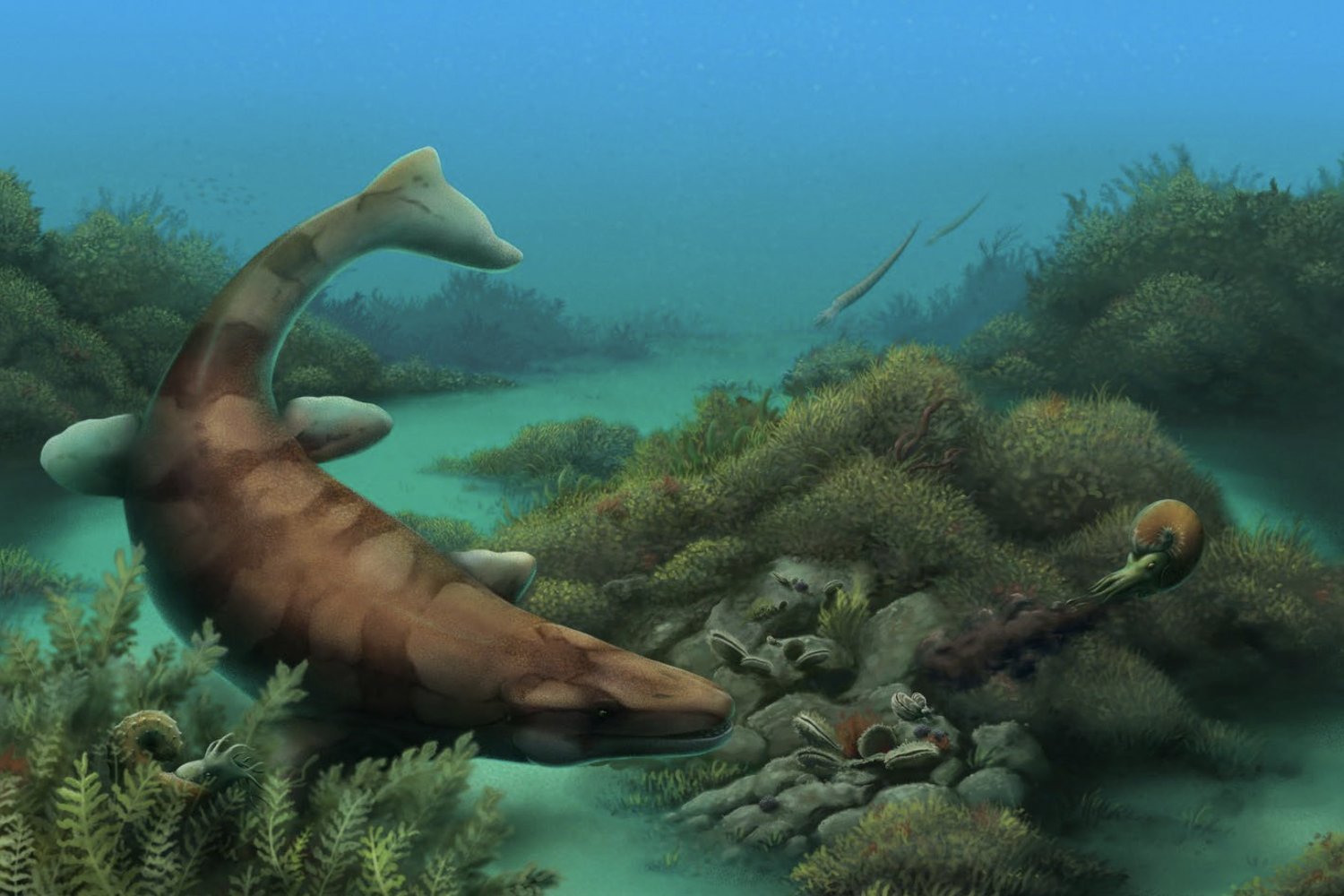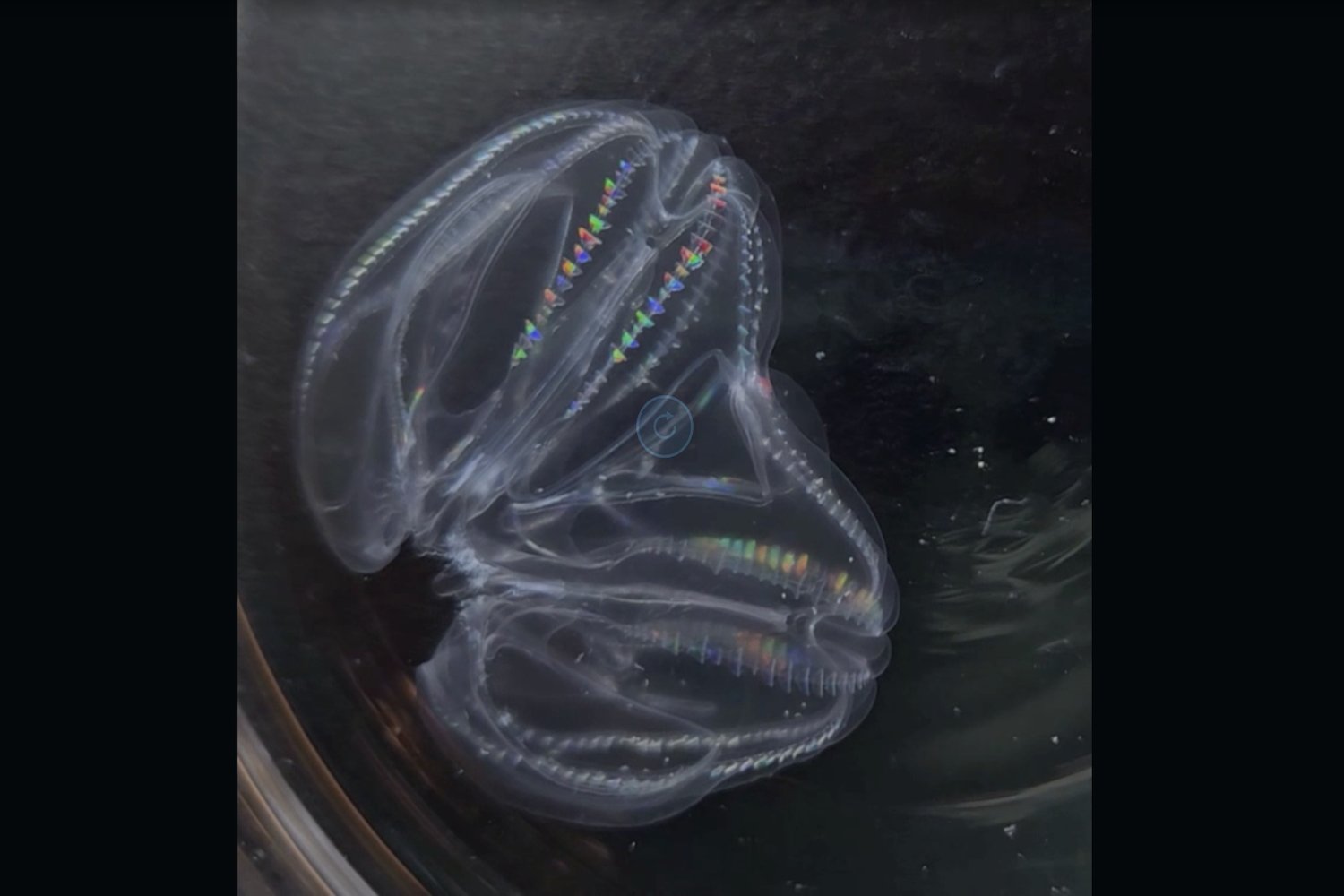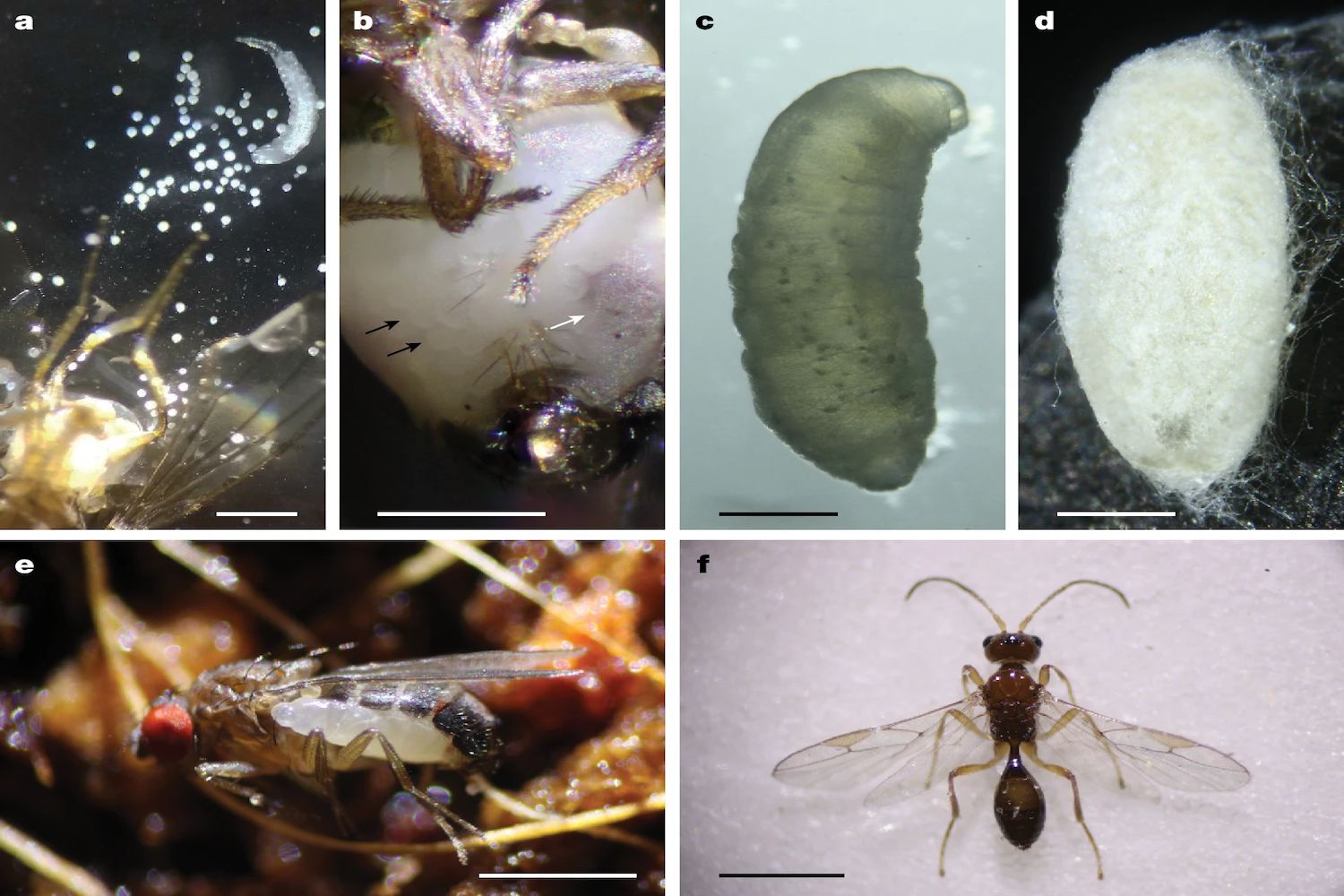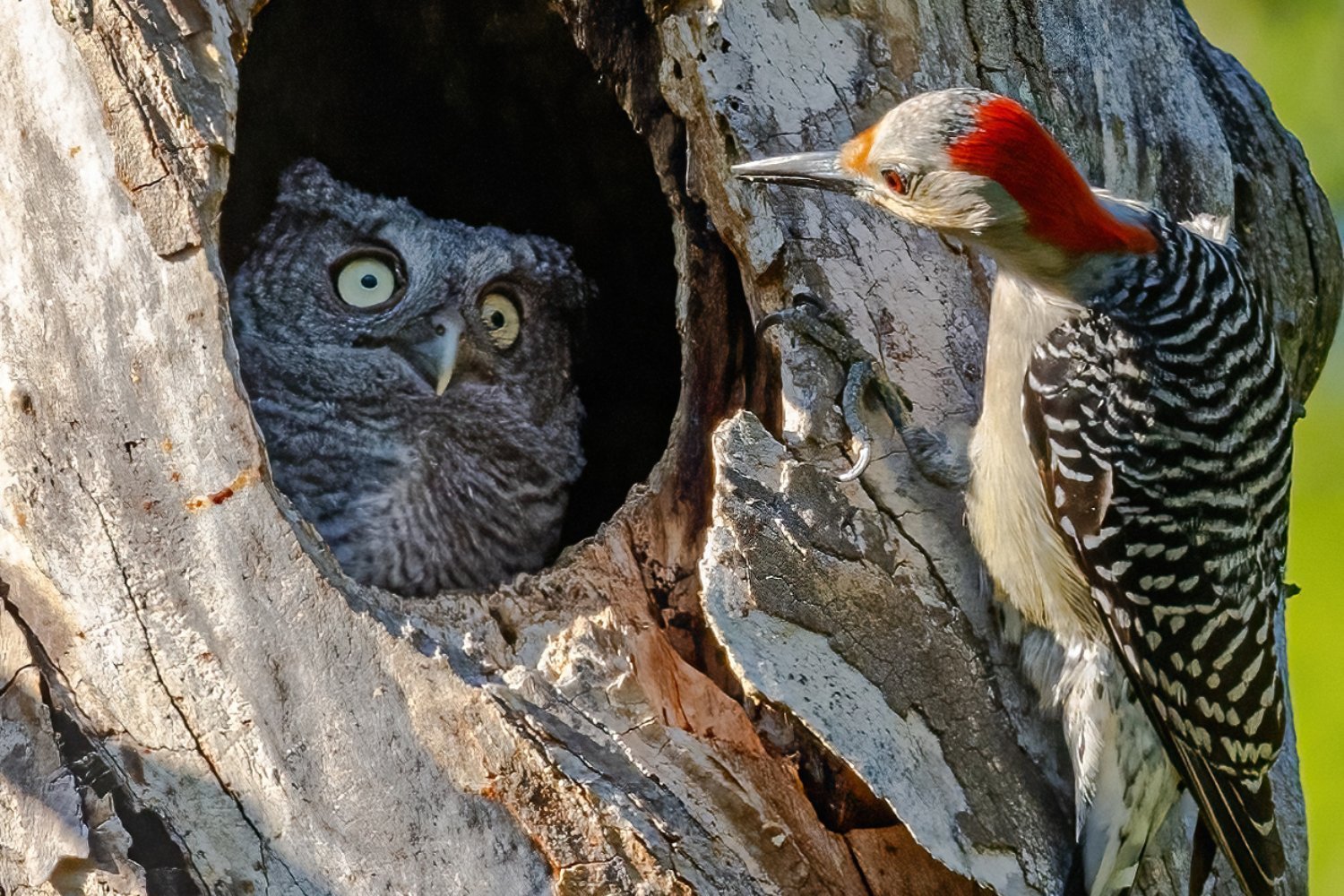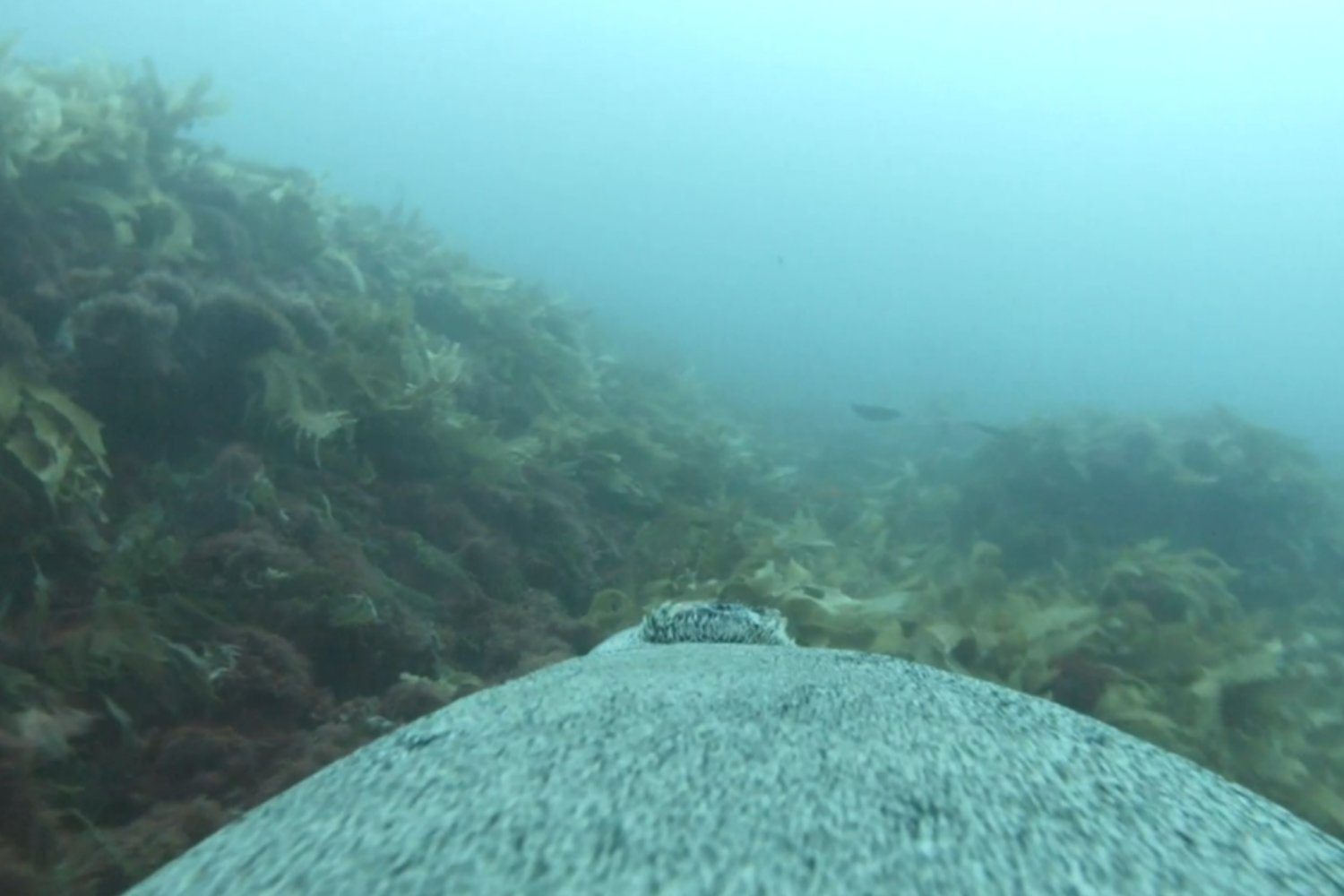Millions of years before dinosaurs roamed the Earth, a far more unsettling creature scuttled across the prehistoric landscape. Imagine a millipede, but scaled up to the size of a small car and weighing over 100 pounds (45 kilograms). This creature, Arthropleura, represents the largest known arthropod species ever to exist, a true giant of the Carboniferous period. While thankfully extinct for around 296 million years, these colossal arthropods, reaching lengths of 8.5 feet (2.6 meters), continue to fascinate and intrigue paleobiologists.
One enduring mystery surrounding Arthropleura has been its precise placement on the evolutionary tree. While classified as myriapods, a group encompassing modern millipedes and centipedes, the exact relationship remained elusive. Now, a team of French scientists has taken a significant step toward solving this puzzle by reconstructing the face of this ancient giant.
A Face Lost to Time, Reconstructed Through Technology
Despite its discovery in 1854, fossilized remains of Arthropleura have been predominantly fragmentary, with no complete head ever found. This lack of crucial anatomical details has hindered scientists’ ability to determine its relationship to modern myriapods. The incomplete fossil record even led to some paleobiologists mistaking a neck-like structure, the collum, for the head. The mystery of Arthropleura‘s facial features—its eyes, antennae, and mouthparts—persisted, obscuring its evolutionary connections.
To address this, a team led by Mickaël Lhéritier of the Université Claude Bernard employed advanced imaging techniques. Utilizing tomographic scans of well-preserved juvenile specimens, they painstakingly reconstructed the face of Arthropleura. The results, published in Science Advances, reveal fascinating insights into the creature’s morphology and its link to modern relatives.
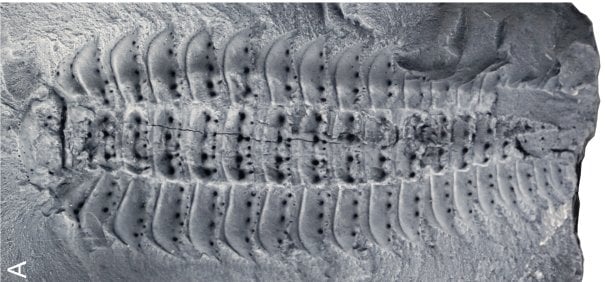 Image of a Arthropleura fossilOne of the fossils used to reconstruct Arthropleura’s face. © Lhéritier et al., Sci. Adv. 10, eadp6362 (2024)
Image of a Arthropleura fossilOne of the fossils used to reconstruct Arthropleura’s face. © Lhéritier et al., Sci. Adv. 10, eadp6362 (2024)
Unveiling Evolutionary Links: Millipede or Centipede?
The reconstructed face of Arthropleura displays features shared with both millipedes and centipedes, providing crucial clues to its evolutionary relationships. Similar to millipedes, Arthropleura possessed seven-segmented antennae and a modified collum behind the head. However, it also shared characteristics with centipedes, including fully encapsulated mandibles and maxillae, leg-like jaw structures. This combination of features suggests a close evolutionary link between millipedes and centipedes, potentially uniting them as a distinct group within the myriapods.
Insights into the Life of a Giant Arthropod
The reconstructed morphology also offers insights into Arthropleura‘s lifestyle. The researchers suggest a scavenging diet, based on the creature’s anatomy. This theory, while plausible, still requires further investigation.
Unanswered Questions and Future Discoveries
While this study provides the most comprehensive view of Arthropleura to date, questions remain. In an accompanying article in Science Advances, James Lamsdell, a paleobiologist at West Virginia University, highlights the continuing uncertainties surrounding Arthropleura‘s diet and habitat. Without direct evidence from digestive tracts, the creature’s food sources remain speculative. Furthermore, the absence of fossilized respiratory organs leaves open the possibility of an aquatic or semi-aquatic lifestyle.
Lamsdell also suggests the possibility of ontogenetic niche shifts, meaning Arthropleura may have occupied different environments throughout its life cycle. This intriguing possibility adds another layer of complexity to the ongoing research.
A Legacy of Wonder
The giant Arthropleura, once a terrifying presence in the prehistoric world, now offers a window into the fascinating evolution of arthropods. While many questions remain, the reconstruction of its face represents a significant leap forward in our understanding of this ancient giant and its place in the web of life. The next time you encounter a small millipede, consider its colossal ancestor, a reminder of the incredible diversity and evolutionary history of life on Earth.



